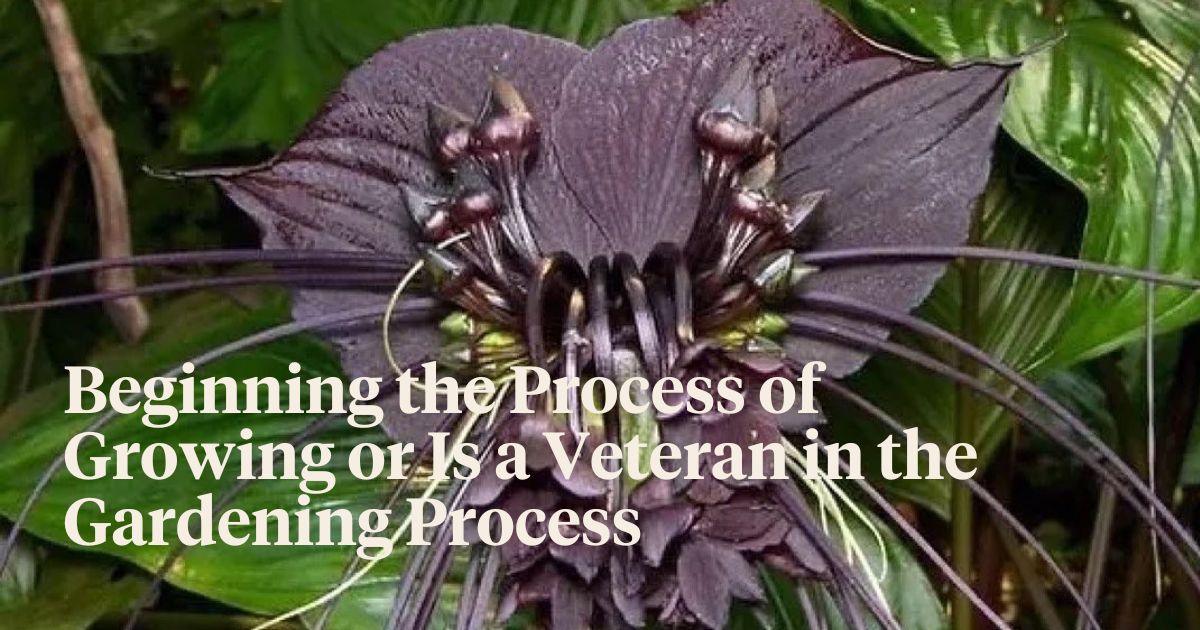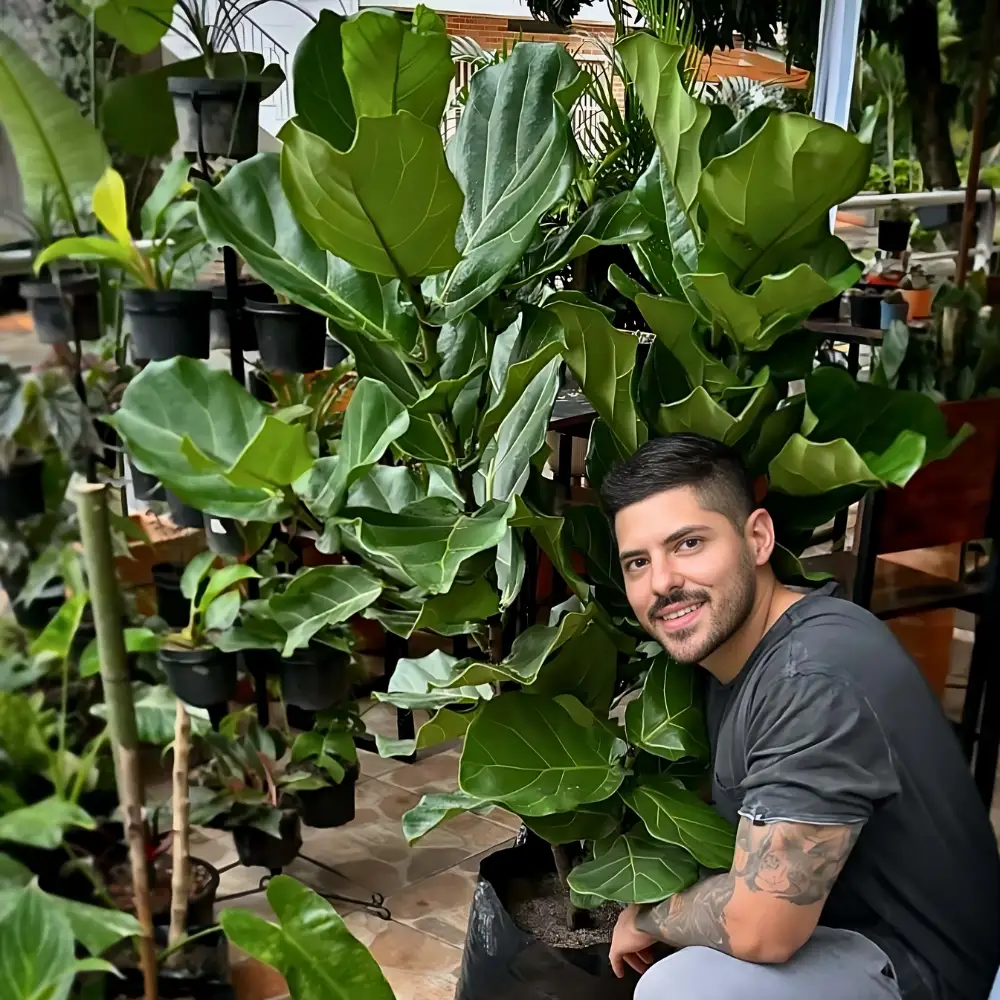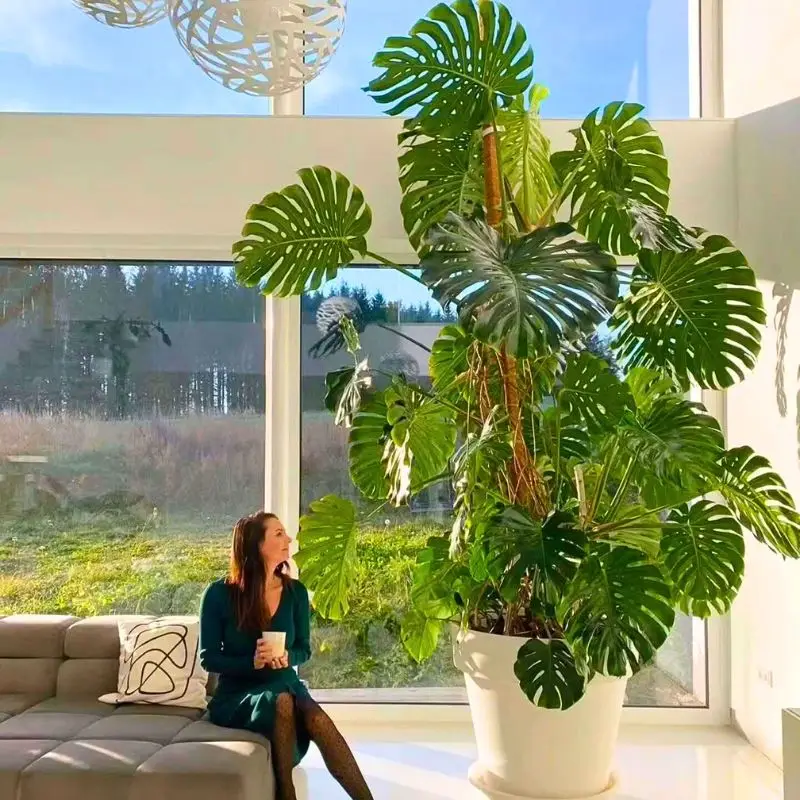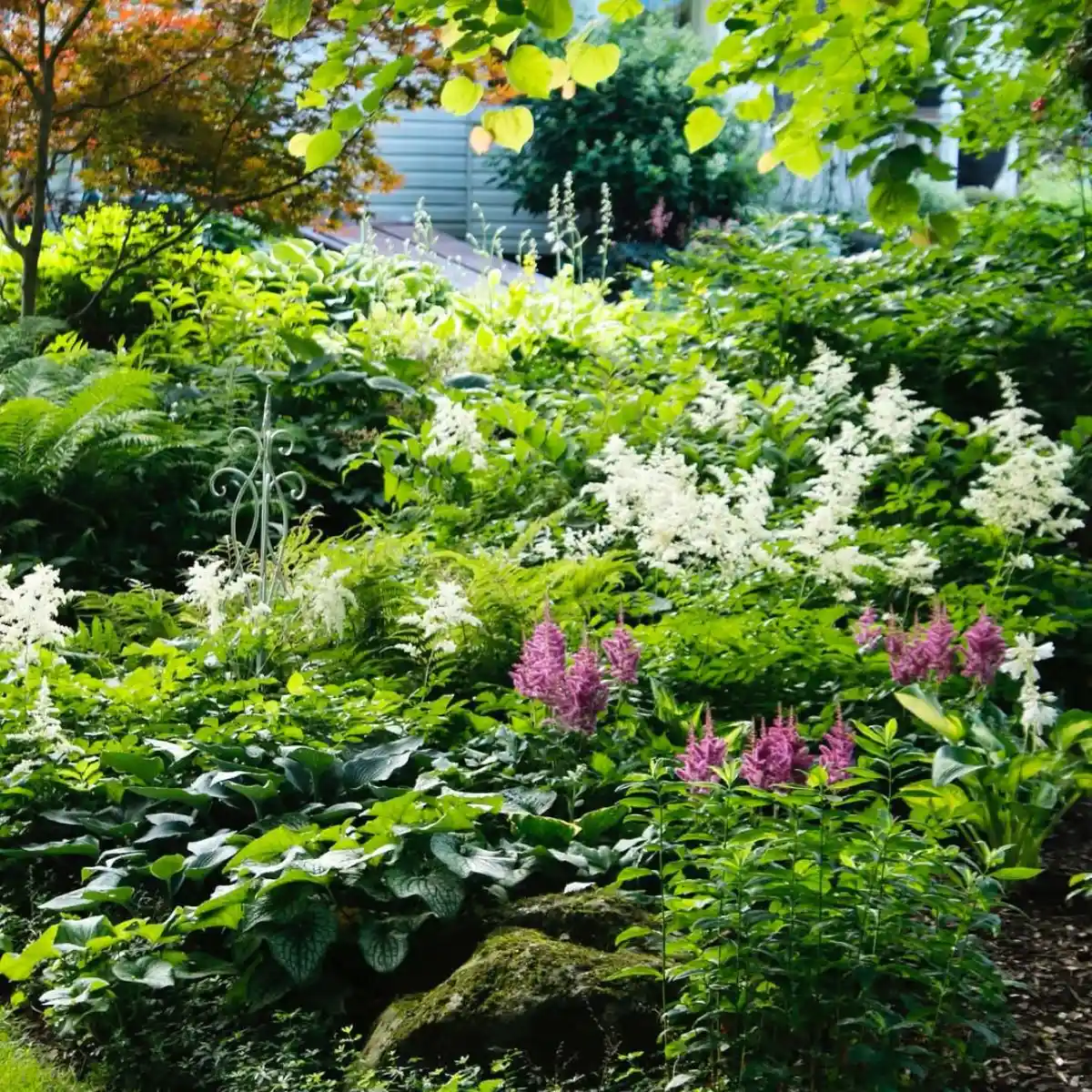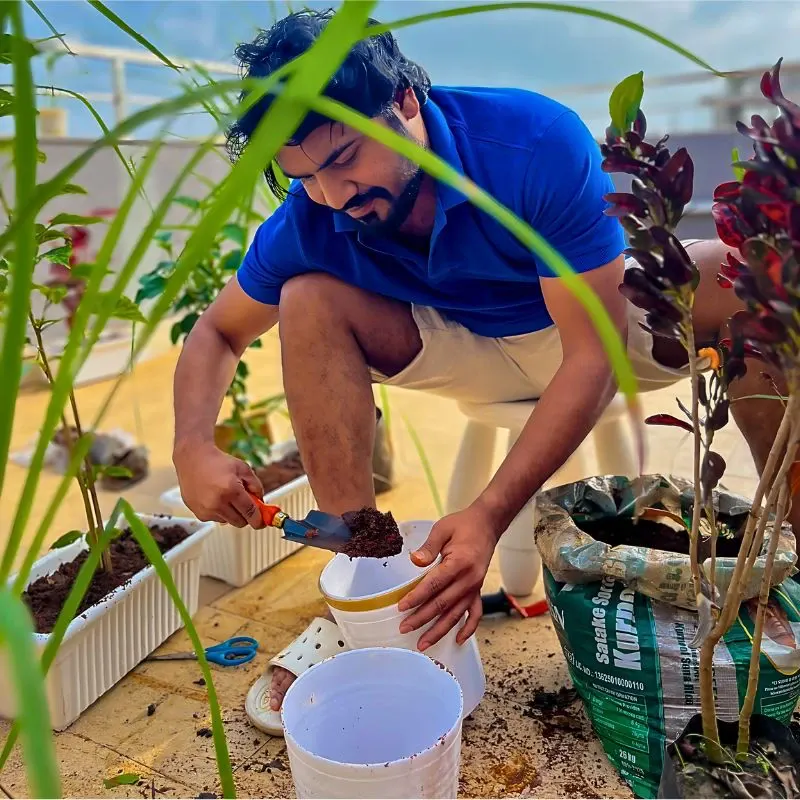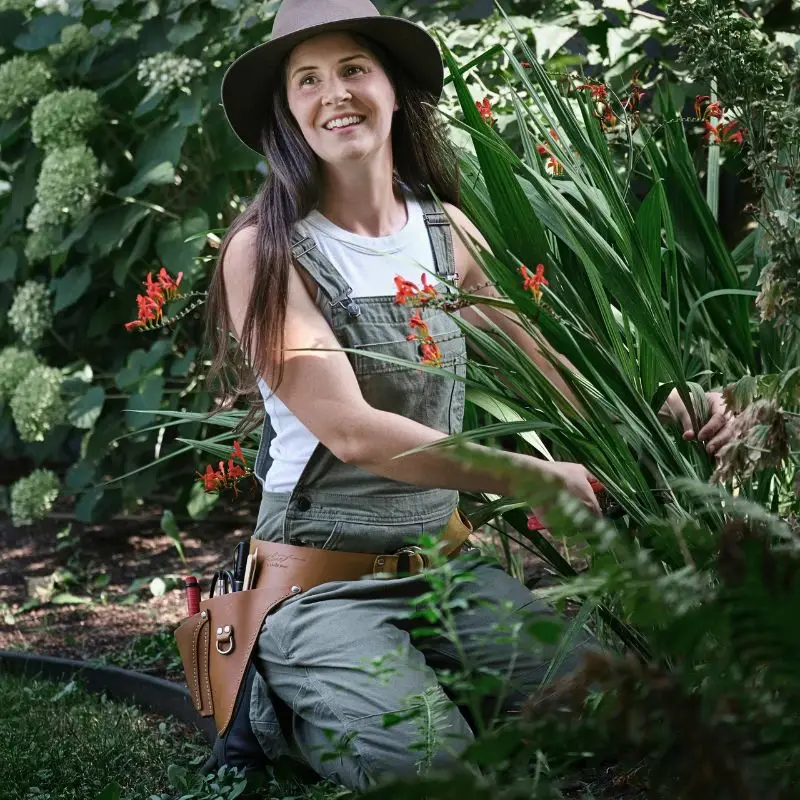It is common to find gardening lovers striving to take their gardens to another level by adding plants that are hard to come by. Such additional elements can give a hint of something special and magical to the garden making it a special place for many people. When one is just beginning the process of growing or is a veteran in the gardening process, adding the notch of cultivating rare and unusual plant life makes the task one that is interesting as well as unique in the best sense of the word.

Choosing Rare and Exotic Plants
While choosing plants that are curious and unusual to be placed in your garden, it is also important that you know your climate zone, type of soil, and degree of sunlight that your garden gets. To guarantee that each plant will grow in its new environment, specific research on the individual requirements of each plant is conducted. In this regard, try to identify the plants that would make your garden more beautiful, and at the same time, distinct in some way.
Of course, familiarizing oneself with the patterns of the growth of these plants and their preferable conditions is crucial" says, Derek Bruce, Director of the Mental Health First Aid Course. For instance, some of the plants are very rare and will require moisture content or the pH of the soil to be high or low respectively. This is also important because one should begin with plants that require some effort in their care before going for those that will be a bit more demanding. This tends to give one practice and confidence in handling the rare breeds of plants.
Popular Varieties and Their Characteristics
- Pitcher Plant (Nepenthes)
“This plant has a rather unusual feature in that it feeds on insects and can even be classified as a carnivorous plant. They include long, tubular leaves that acquire insects on their surface and the plant devours. This plant prefers high humidities and indirect lighting which are common in terrariums or greenhouses” says, Arman Minas, Director at Armstone.
- Bird of Paradise (Strelitzia Reginae)
The Bird of Paradise is the one with the brightly colored, bird-like blooms. Originally from South Africa, it needs full sun and good drainage. It is eye-catching and always draws attention when placed in a garden.
- Corpse Flower (Amorphophallus Titanium)
Corpse Flower is noteworthy for the plant’s gigantic size, and the stench is similar to the rancid meat odor. Because this plant hardly flowers, any gardener who is blessed with it will guard it like an expensive jewel. Yeast needs a tropical climate to grow more to/with; there should be warmth and humidity all the time.

- Black Bat Flower (Tacca Chantrieri)
The Black Bat Flower has flowers that are naturally in the form of a bat and have shadows of darkness to them. For its growth, it needs rather high humidity in the air and rather diffused light, so it can be grown in a shaded corner of the summer garden or, if grown indoors, in a shaded spot on a windowsill.
- Jade Vine (Strongylodon Macrobotrys)
The Jade Vine has drooping cymes of brilliant greenish-blue flowers. It commonly grows in the Philippines and prefers warm and humid conditions, also it needs support to climb. It also comes with an interesting color pattern that can easily make any garden stunning.
Cultivating and Caring for Rare Plants
"All the rare plants as has been mentioned have their own special needs to be met. Some plants require a humid climate or good drainage, others grow in semi-shade or full sun. It is important to understand these needs to systematically acquaint oneself with their satisfaction. To maintain the health of the plants, pest and disease checkups are done often to prevent their infestation in the plants.
In propagating any rare plant and or palm, it is crucial to ensure that the growing environment resembles their natural one" says, Corey Longhurst, Head of Growth at LegalOn. For example, the Pitcher Plant prefers to be watered with half peat moss, and half perlite to maintain soil moisture level and the Bird of Paradise likes to be deeply watered once a week to stimulate root development. Application of organic manure and adequate provision of adequate air is also recommended to enhance healthy growth.
Where to Source Rare and Exotic Plants
"It is quite difficult to acquire these plants but the process is quite fulfilling. This type of plant can be bought from specialized nurseries that grow and sell protected plants, botanical gardens, and the Internet – the various Web sites where plant enthusiasts exchange their plants and seeds. Local gardening clubs or forums may also be a source of obtaining cuttings or seeds from other participants’ collections.

When buying online, make sure that the seller is credible and has adequate knowledge of plants and their variety. This minimizes the chances of getting measured specimens or specimens that are not fit to be analyzed either. Botanical gardens which may contain sections of rare plants can also serve as points of reference and information on how to take care of these plants by just paying a visit" says, Paul Phelps, Managing Director at SOLENT POWER
Designing With Rare Plants
"Incorporating such beautiful and unique plants into your landscaping increases the garden’s interest and character. It may be useful to establish some information poles or themed zones that reveal some peculiarities of these plants. This is because when combining textures, colors, and heights, it can easily create pleasing to-the-eyes views that would likely inspire the idea of rarity. For instance, a Bird of Paradise placed next to the water body would give the feel of a tropical garden and a group of Pitcher Plants placed in a dark area would give the mystery look" says, Timothy Allen, Director at Oberheiden P.C.. It is also crucial to combine rare plants with the commonly used ones; this ensures that the rare plants stand out and anyone who may be ignoring them will have to zoom in more and see some other attractive aspects about them.
Benefits of Growing Rare and Exotic Plants
"Gardening and growing of rare and exotic plants has a variety of advantages in addition to culminating the visual pleasantness. Such plants could be used to save species that may be at a vulnerable stage in habitats of human interference. They also promote education on the rights of a gardener and visitors to conserve the plants" says, Sasha Quail, Business Development Manager of claims. Furthermore, the cultivation of rare plants is often a satisfying activity, as the presence of the distinctive plants in one’s garden generates pride for the persons who grew the plants.
Conclusion
Adding sophisticated and unusual plants into your garden increases its beauty as well as increases the potential for your garden. Every single plant has its history of evolution and evolutional adjustments that can reveal a lot about the splendid variety of species. It is simply amazing to be able to cultivate these plants because of the interesting shapes of succulents, and the colors of the tropical flowers which give a playful feel to the different parts of your garden. Learn to love the process of growing and developing exceptional plants and/or crops and let your garden be an exhibition of the unseen creativity of the universe.

